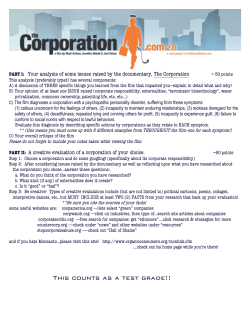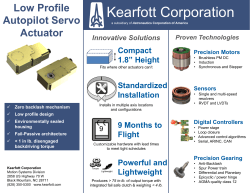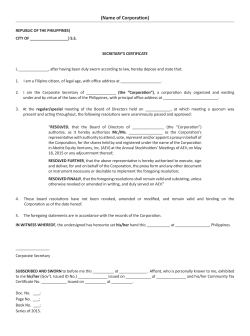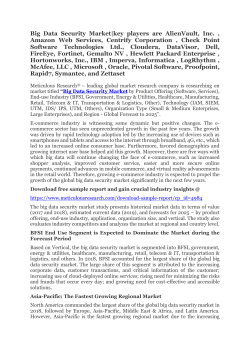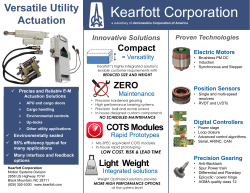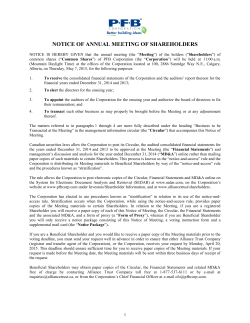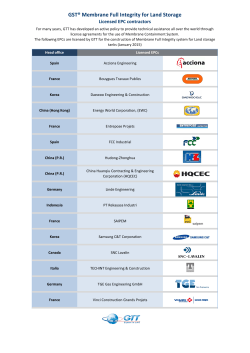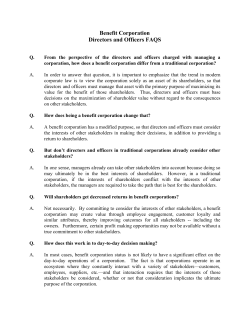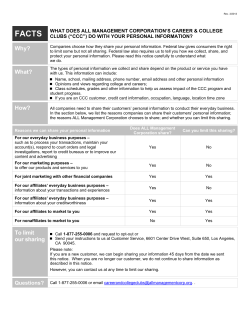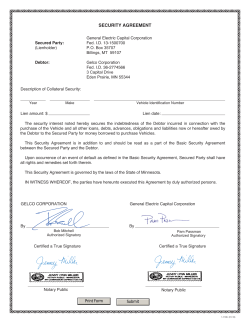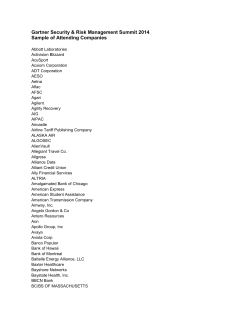
Economic Value Added (EVA) - How to Calculate Economic Viability... Economic Value Added is a performance ratio that determines the... a corporation because it factors ...
Economic Value Added (EVA) - How to Calculate Economic Viability of a Corporation Economic Value Added is a performance ratio that determines the true economic profitability of a corporation because it factors in net operating income after taxes & interest minus the opportunity cost of capital deployed to earn that net operating income. In other words, Economic Value Added shows whether the financial performance of a company exceeds or is below the minimum required rate of return for shareholders or business lenders. Economic Value Added tells investors whether the amount of capital they have invested in to the business is generating them higher return than their minimum, or if it is better to invest the capital elsewhere. Here is how Economic Value Added (EVA) is used by financial analysts: i) Economic Value Added is used as a performance evaluation tool of higher level managers, directors, VPs and CEOs of a corporation because the performance of the organization depends on the human resources deployed. ii) Economic Value Added is used at sub-division level & entire organizational level of the business, unlike other methods such as Market Value Added that only focuses on the big picture of a corporation. iii) Economic Value Added factors in to performance evaluation that the operating net income of a corporation must cover both operating costs of the organization as well as the capital costs (opportunity cost of capital). This is unlike other accounting methods such as EBIT or EBITDA or Net Income that look at total revenues generated by the business minus total expenses as a performance evaluation tool. How to Calculate Economic Value Added Net Sales Operating Expenses ___________________________ Operating Profit (EBIT) - Taxes ___________________________ Net Operating Profit After Tax (NOPAT) - Capital Costs (Total Capital x Cost of Capital) ___________________________ Economic Value Added Economic Value Added can also be used for the following purposes: Determine management bonuses Motivate management to achieve sales objectives & goals 1 Corporate valuation for shareholders, bankers & lenders Performance measurement of Business Capital budgeting & Investing decisions Set organizational objectives & goals 4 Steps to Calculate Economic Value Added i) Calculate Net Operating Profit after Taxes Gross Sales = $1,000,000 Operating Expenses = $350,000 Depreciation = $100,000 Taxes = $150,000 Net Operating Income = $1m - $350k - $100k - $150k = $400,000 ii) Determine total Capital deployed in the business Total Capital = Net Working Capital + Net Fixed Assets Total Capital = $300,000 + $1.2m Total Capital = $1,500,000 iii) Calculate Weighted Average Cost of Capital Assume WACC = 12% iv) Calculate Capital cost to NOPAT & Economic Value Added Capital Costs = Total Capital x Cost of Capital Capital Costs = $1,500,000 x 0.12 Capital Costs = $180,000 Economic Value Added = Net Operating Income - Capital Costs Economic Value Added = $400,000 - $180,000 Economic Value Added = $220,000 2
© Copyright 2025

